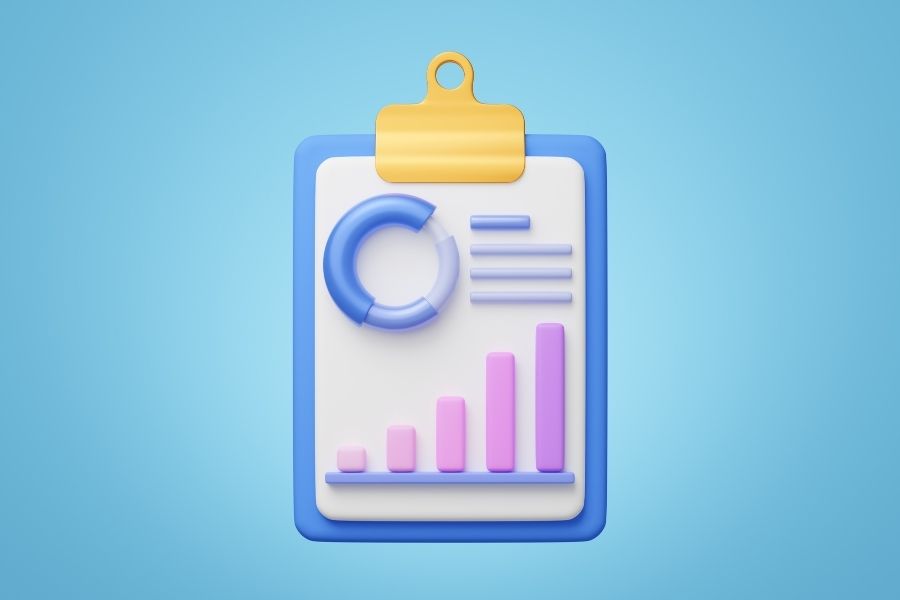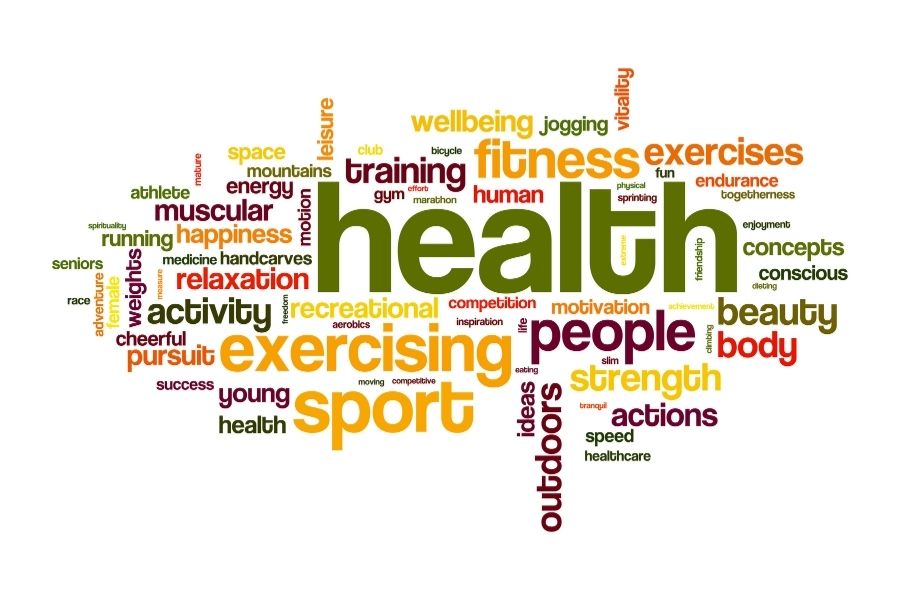Finding your way around the vast digital knowledge base might be challenging. Have you thought about quickly and easily turning that info into insights you can use? It looks tasty.
Some tools can make complicated data sets more straightforward to understand. It can find patterns, trends, and insights that were previously hidden.
These tools can be used in many ways by business people, researchers, and other people who are interested. Check out the article to learn new ways to use data that you never thought possible.
Interactive Dashboards
People are always looking for helpful information because our world is built on data. One great way to maximize this chance is to use Data Visualization Tools with live screens. People can see and change data in these panels in real-time, which makes the experience more enjoyable.
Users can quickly find specific data points and connect them if the design is straightforward and the tools are easy to use. These fun tools become more important as the amount of data grows. With the help of interactive screens, businesses can look at data and make intelligent decisions.
Geospatial Mapping
Source: Canva Premium
Trends in space are essential in many areas because the Earth has a lot of information. With Data Visualization Tools, making maps of places looks excellent. Maps show trends, outliers, and business opportunities based on where you are.
Firms can see things differently with this illustration because it links raw data to real-world locations. Spatial data helps make good real estate, marketing, public health, and transportation plans. Data display tools can teach us things when they are used for planning in regions. It could change how companies all over the world work.
Heatmaps
It’s never been more critical to understand how people use technology and how they behave. Here is where heatmaps, which are a significant part of Data Visualization Tools, come in:
- Visualization: Heatmaps turn numerical data into a range of colors. Generally, from excellent to warm, that shows how the intensity of the data changes over time.
- Websites show clearly where people click, move, or stay for a long time most of the time.
- Quick Analysis: A grid makes it easy to see where people interact with your site the most and where they don’t.
- Data Density: They’re great for showing how much data is in a particular place.
- Optimization: Businesses can improve layouts, content placement, and other things by using this visual input.
- Heatmaps are like a light when figuring out what data means. They help businesses make changes based on data.
Infographics

Source: Canva Premium
Because there is so much data, charts are a common way to show it. Data Visualization Tools like them because of these reasons:
- Infographics are small, eye-catching, and meant to get people’s attention.
- A Great Deal of Information Concise: They make complicated material more accessible to understand visually.
- They are the best way to teach, sell, and report.
- Shareability: Infographics are likelier to be shared on social media because they look good.
- They usually have a storyline that leads people through the facts.
- Infographics, which have an effect online, are made possible by visualization tools.
Time Series Analysis
Companies need to know how things change over time. Time series research can be done with data visualization tools:
- Patterns Based on Time: This method shows data points at regular times.
- Up-and-down trends, seasonal changes, and outliers are easy for users to spot.
- Predictive analysis: Figuring out how old data was organized can help you guess what trends will happen in the future.
- Making choices: Seeing time series data visually enables you to make quick, intelligent choices.
- Historical background: Businesses can determine their success by looking for patterns in old records.
- Analysis of Frequency: This shows how often data is gathered, like once a year, once a month, or every day.
Time series research data visualization tools let you plan for the future.
Network Diagrams
Source: Canva Premium
In today’s fast-paced digital world, tools that show data, like network maps, are helpful. Network charts are beneficial since they show how things are linked. It is simple to understand complex ideas and discover essential links.
It is helpful in IT and telecoms to have network system images with lots of information. Companies that use these tools to make intelligent decisions have an advantage over their rivals. To show info visually, network diagrams are helpful. They help people understand vast sets of data.
Treemaps
The best way to show facts is with a treemap. Treemaps are great for small areas because they can show hierarchical data in stacked rectangles. This talk quickly goes over patterns, distributions, and relationships.
That’s why treemaps are helpful for groups with much info. By making it clear, different square sizes and colors speed up data analysis. Treemaps are an example of how new ways of showing data can change things.
Scatter Plots
Source: Canva Premium
A scatter plot is a meaningful way to see data, which shows how two things are connected. They can find patterns, trends, and outliers better than anyone else. They plot data points on both horizontal and vertical lines.
In research and development, scatter plots can help teams find connections that make them think of new ideas. They are clear and straightforward, which makes it easy to understand the facts and valuable for everyone. Businesses can use scatter plots to make intelligent choices and get the most out of how they can show data.
Histograms
Histograms show how data is spread over a regular range, making them very important for figuring out what the data means. Histograms are essential for statistical analysis because they show how data applies within bands.
Bar graphs show how two or more groups relate. They offer a lot about the collection’s shape, patterns, and differences. Histograms show trends that raw datasets might miss by grouping data into bins.
A lot of workers use histograms to find trends and outliers quickly. Even hard-to-understand things are simple to see. Histograms are an excellent way to show facts as a whole.
Pie and Donut Charts

Source: Canva Premium
Charts and graphs, like pie and donut charts, are a powerful tool for great data visualization. These particular formats are widely recognized for their efficacy in representing portions of a whole when it comes to data visualization. Their round design simplifies the interpretation of numbers and ratios, emphasizing categorical data prominently. While donut charts offer a central space for titles or supplementary details, pie charts employ distinct slices to convey information.
Such charts exemplify where great data visualization comes into play, being both clear and concise. They provide a snapshot of statistics, effortlessly highlighting the most and least prevalent categories. Globally, companies incorporate these visual aids into their presentations to ensure accuracy and precision. The continued popularity of pie and donut charts underscores their value in conveying data-driven insights.
3D Visualizations
In the field of data science, 3D graphics have emerged as a compelling way to represent data. Unlike traditional flat charts, 3D visualizations offer a more in-depth representation of data, portraying spatial relationships effectively. This dynamic way of displaying data enhances comprehension, especially when dealing with intricate datasets with interconnected components.
3D visualizations, adhering to best practices, assist designers and healthcare professionals in viewing their data holistically. The depth, shading, and curves inherent in these graphics not only foster a better understanding but also captivate viewer interest. As technological advancements continue, the importance of 3D graphics for data display is poised to grow exponentially.
Word Clouds

Source: Canva Premium
Word clouds serve as an innovative visualization software tool to visualize data, especially from big data sources. These visual representations efficiently pinpoint the best data, highlighting frequently used phrases by deploying diverse shapes and colors for predominant words. This technique aids in quickly grasping the central themes of a text, such as the key takeaways of a book.
Beyond books, word clouds are instrumental in visualizing data from frequent phrases on social media and in polls. Their vibrant design not only retains viewer interest but also reinforces memory of the presented data. As businesses increasingly lean on data-driven insights, word clouds provide an effective means to delve into the essence of textual data, solidifying their position as a prevalent method to present information.
Gantt Charts
Gantt Charts stand out as a preferred tool, especially when working with large data sets. Power BI, renowned for its ability to process and present great data effectively, seamlessly integrates with Gantt Charts, enabling professionals to present data in a structured and time-oriented manner.
The linear timeline combined with task allocations makes Gantt Charts a potent tool, ensuring that users not only understand the sequence of events but also the overlapping tasks and dependencies. In essence, Gantt Charts make data more interpretable and actionable, ensuring that project managers and data analysts can derive maximum value from their data insights.
Funnel Charts

Source: Canva Premium
Funnel Charts stand out as a distinct type of visualization within the spectrum of data visualization tools. Such charts are prime data visualization examples that encapsulate the journey of a process, typically narrowing down from a broad starting point to a specific endpoint, mirroring the shape of a funnel.
Tools like the heat map offer insights based on intensity or density, and funnel charts illustrate the progressive stages or conversions in a process. The range of visualization methods available to analysts ensures that each data story can be told in the most fitting and comprehensible manner, and funnel charts, in particular, provide clarity on sequences and conversions.
Box and Whisker Plots
For the modern data scientist, understanding and representing complex data requires the use of advanced tools. Among these, the Box and Whisker Plots are integral within many data visualization software. This particular visualization excels at depicting distributions, highlighting variations, and spotting outliers.
As data scientists embark on their analytical journey, they often create data structures that demand a nuanced presentation. Box and Whisker Plots cater to this need, allowing for an effective data import and subsequent display. In a realm of vast data and intricate patterns, such plots offer clarity, precision, and depth, making them invaluable for comprehensive data analysis.
Final Thoughts
How we work with, understand, and process vast amounts of data has dramatically changed because of data visualization tools. From complicated network graphs to interesting word clouds, each device gives you a different way to look at data and figure it out.
While going through these 15 methods, it’s become clear that using them. This can help us make better decisions, make things easier, and develop better plans. As we move further into a data-driven age, it becomes more and more essential to master these visualization techniques.
Also, if you want to find more cutting-edge ideas? Check out our post to learn more about the best visual collaboration tools that are changing the world.
Let us continue our journey and discover what technology can do for us! Visit our blog to learn more about business solution tools and software.
Frequently Asked Questions: Data Visualization Tools
Why is good data visualization crucial?
Good data visualization makes complex datasets more comprehensible, allowing individuals to identify patterns, trends, and outliers effortlessly. In a world flooded with data, effective data visualization ensures that important data stands out, promoting informed decision-making.
What do data visualization tools provide?
Data visualization tools provide a platform to create data visualizations from various data sources without the need for copying and pasting data manually. They offer a variety of visualization styles and methods, transforming rows of data into visual stories that make data more understandable.
Why is good data visualization crucial?
Good data visualization makes complex datasets more comprehensible, allowing individuals to identify patterns, trends, and outliers effortlessly. In a world flooded with data, effective data visualization ensures that important data stands out, promoting informed decision-making.
What do data visualization tools provide?
Data visualization tools provide a platform to create data visualizations from various data sources without the need for copying and pasting data manually. They offer a variety of visualization styles and methods, transforming rows of data into visual stories that make data more understandable.
Are there free options available?
Yes, there are free data visualization tools available on the market. Some are open-source visualization software, which can be highly effective, especially for those just starting in data analytics.
Why has data visualization become so prevalent?
In the age of big data, data visualization has become essential as one of the best ways to convey data storytelling. With the increase in data generation, it’s more challenging than ever to sift through information and derive meaningful insights. That’s where data visualization helps, converting straightforward data into a visual narrative.
Are there specific tools recommended for marketers?
Data visualization is also a powerful tool for marketers. While there are numerous tools for data visualization available, the best data visualization tools are those tailored to the user’s specific needs, with features that allow for visualization best practices.
What are some common types of data visualizations?
Common types of data visualization include charts, graphs, heat maps, funnel charts, and more. Each type of data visualization caters to specific data storytelling needs. Examples of data visualization techniques include bar charts for comparing quantities, line graphs for tracking changes over periods, and heat maps for understanding data density.
How do I choose the right visualization for my data?
Choosing the right visualization depends on the type of data you have and the story you wish to convey. It’s essential to understand data characteristics and objectives first. Visualization best practices advise matching the right data with suitable visualization types to ensure clarity and impact.
Is it challenging to use these visualization tools?
While there is a learning curve with any tool, many of the best tools on the market prioritize user-friendliness. With intuitive interfaces, users can often start by simply importing their data and selecting from the available visualization styles. For those new to the domain, many tools offer tutorials and guidance on visualization best practices.
How does data visualization aid in data analytics?
Data visualization is important in data analytics as it facilitates quicker insights, simplifies complex patterns, and aids in decision-making. Visualization shows relationships, trends, and outliers in the data, making it an invaluable component in the analytical process.






